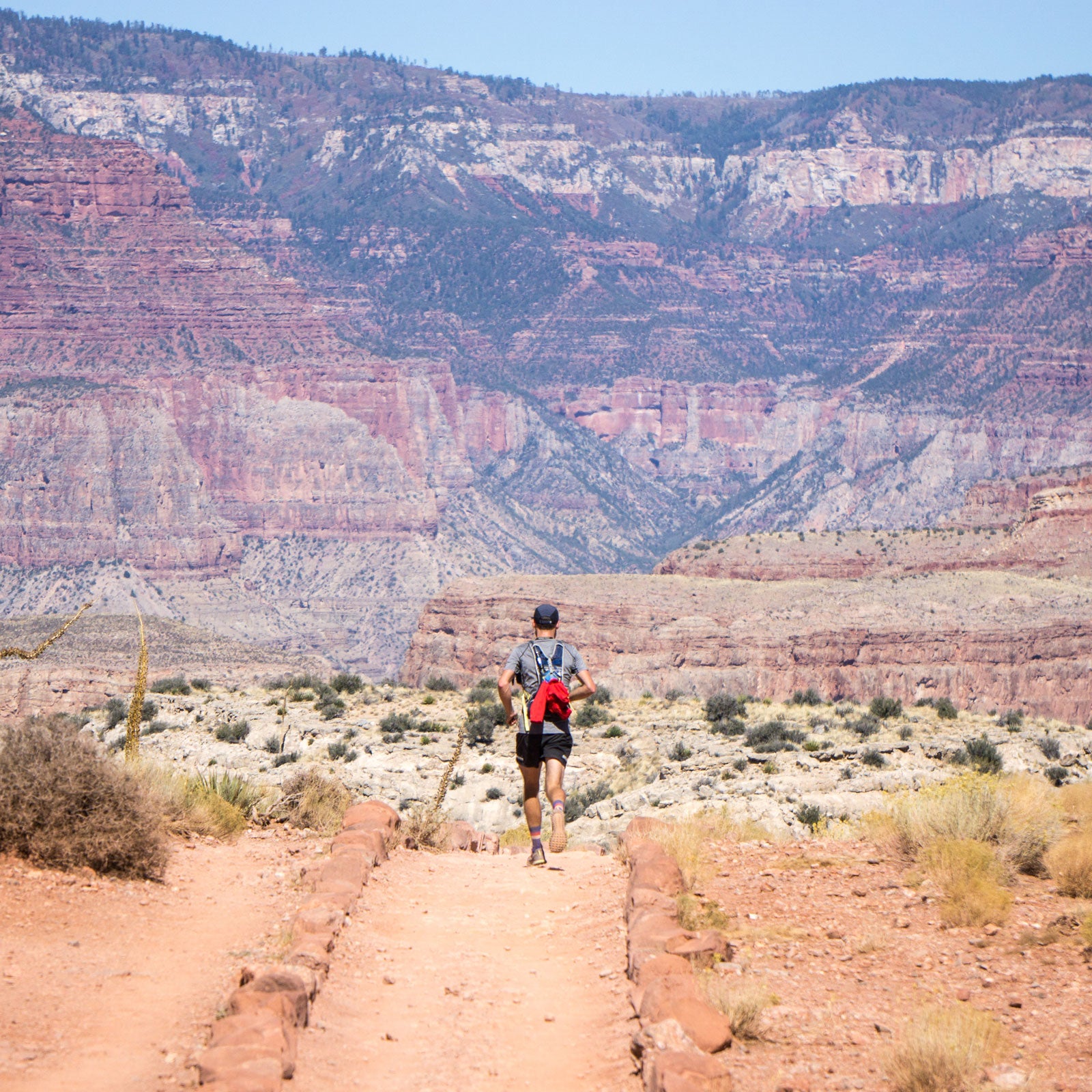The Toughest Ultras/Marathon des Sables 2011
Used to be that running a 50- or 100-mile race earned you bragging rights for life. No more. Today, the word “ultra” has been slapped on laundry detergent, lite beer, and any marathon that takes a step beyond 26.2 miles. It seems like every endurance runner is prepping for one.
Fortunately for runners with a hankering for the extreme, there’s a class of ultramarathon that’s a step above the rest. They’re extra long, incredibly tough, and take the type of commitment and logistics once needed for climbing a Himalayan peak, all brought to bear in some of the world’s most dazzling landscapes. Think you have what it takes? Finish one of these nine races, and everything afterward will seem like a neighborhood fun run.
Marathon des Sables
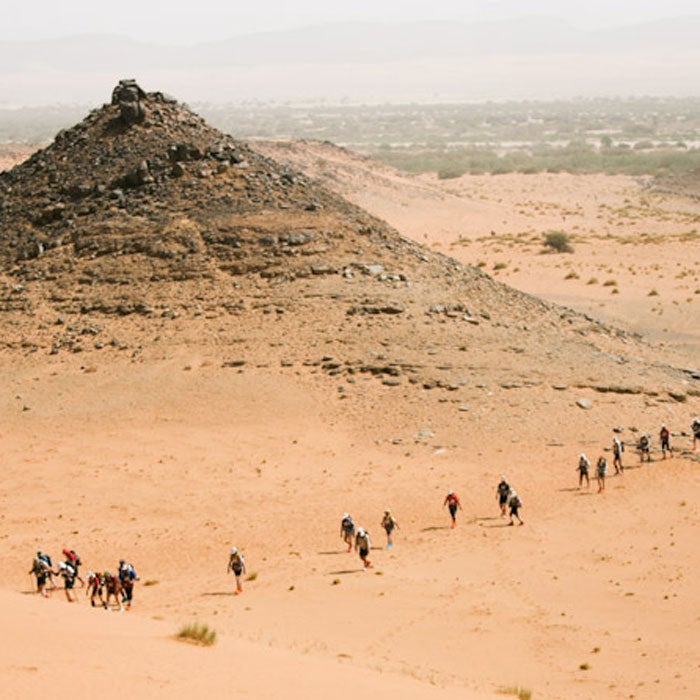
One of the primary difficulties of the , a six-day, 154-mile trek through the Sahara in southern Morocco, is that in many parts you really can’t run. The sand is so fine that it absorbs the foot’s momentum, turning big sections of the course into a literal slog. And even if it’s relatively easygoing on the hardpan, April temperatures reach well over 100 degrees, which means no section of the MDS is ever relaxing. Even though the course is well-trodden (over 1,000 competitors sign up every year), there’s still real danger in the desert: three runners have died on the route.
Grand to Grand Ultra
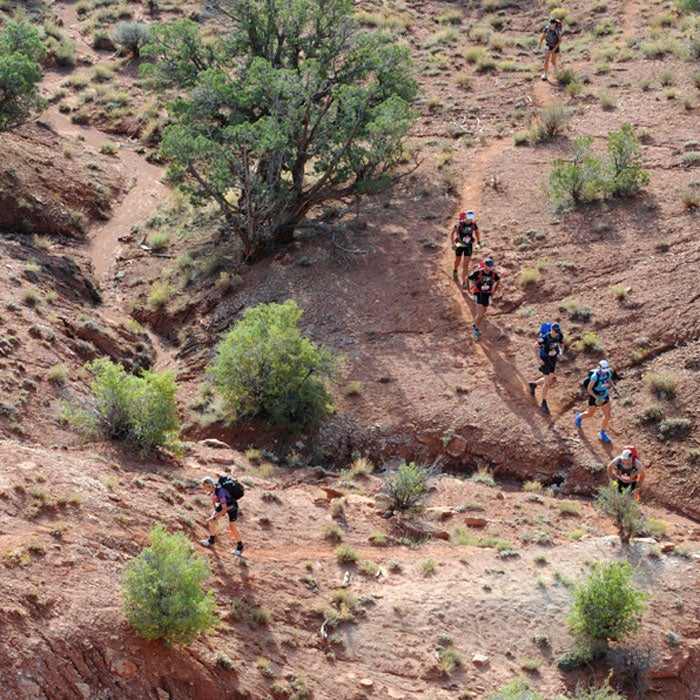
The Grand Canyon is one of the Seven Wonders of the World, and the sandstone cliffs of the Grand Staircase are among the West’s most important geologic formations. And the vast stretch of Utah desert between the two? It’s one of the most beautiful, diverse arid regions in the world. The takes runners over coral-colored sand dunes, through slot canyons, and past alien hoodoos on this 147-mile, seven-day self-supported race, which climbs 19,000 feet along the way. The second edition takes place in October.
The Jungle Ultra
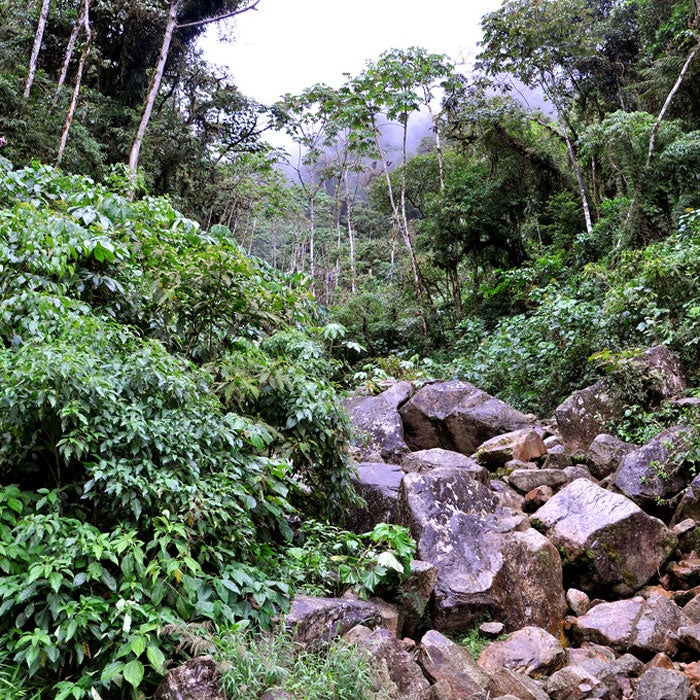
�ʱ����’s is mostly downhill, dropping 10,500 feet from the cloud forest down into the Amazon over its 142.6-mile course. But underestimate it, and you’re in for a world of hurt. The five-stage, self-supported race winds its way through utterly remote terrain, where temperatures hover over 90 degrees, the humidity is brutal, and hordes of biting bugs are just waiting to make you their lunch. Along the way, participants wet their feet in 70 tropical rivers and streams, in some cases zip-lining over them.
Badwater Ultramarathon
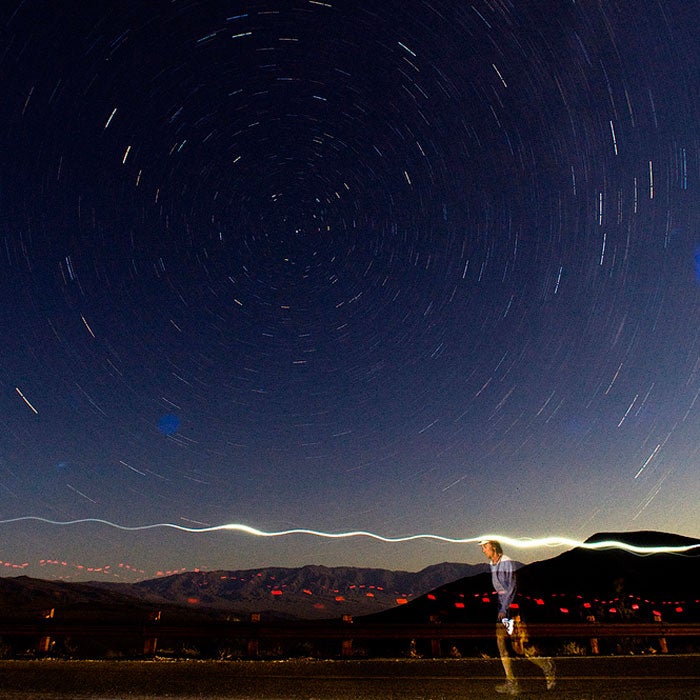
With roots in the mid-1970s, is one of the grandpappies of the modern ultra craze. But age has not dulled what is billed as the world’s toughest footrace. Not only does the 135-mile course wind through Death Valley, the hottest spot in the U.S., it takes place during July, the hottest month. And from its origin at Badwater Basin to the slopes of Mount Whitney, the course gains 13,000 feet of elevation, crossing two mountain ranges. The worst part? It’s a non-stop race, meaning you have to run from the lowest point in the United States to the base of the highest in one epic go.
Hardrock 100
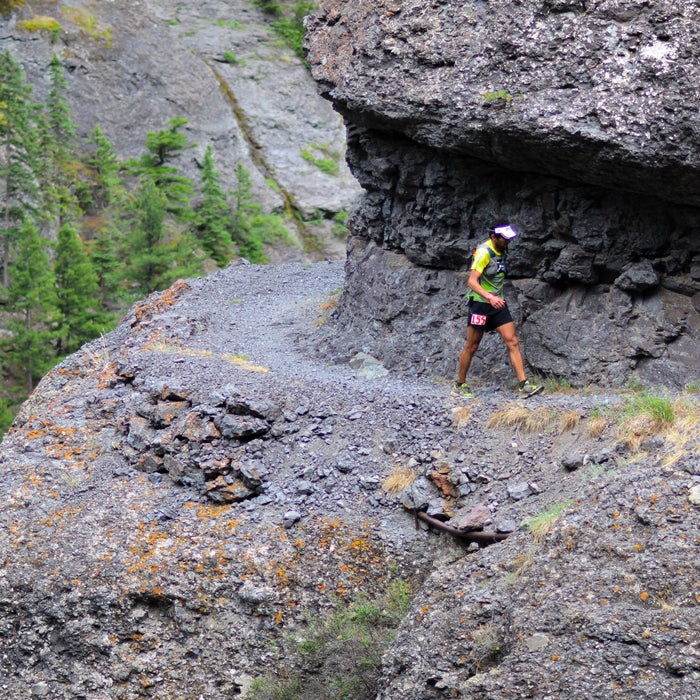
Forty-eight hours may seem like a pretty generous amount of time to finish this . But add in altitude sickness, headaches, and knee-crushing terrain, and the Hardrock, which has been held in the San Juans near Silverton, Colorado, each July since 1992, gets pretty grueling. The loop includes 33,992 feet of ascent and descent, the most of almost any ultramarathon in the world. Since the average runner takes 41 hours to finish, most have to run through the night at elevations where temps can drop below freezing, navigating scree-covered slopes by headlamp. Being above treeline for most of the course, racers are also vulnerable to lightning and freak storms.
Spartathalon
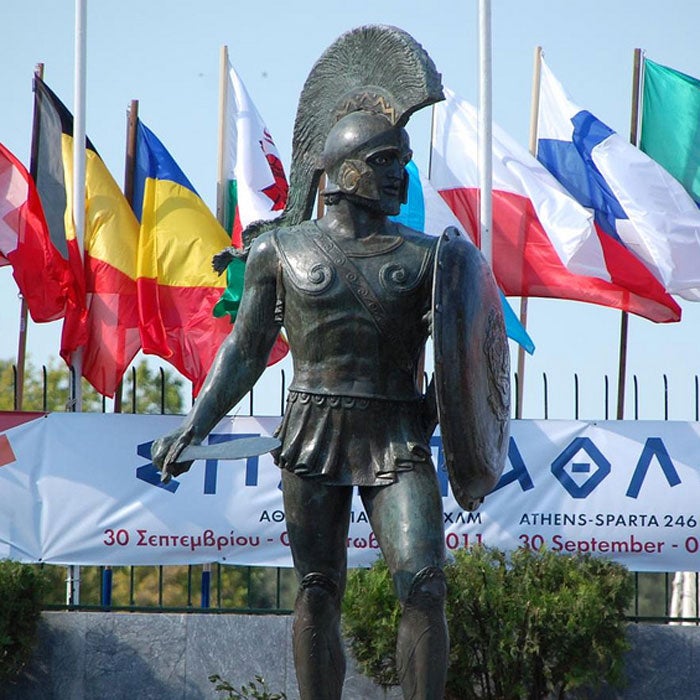
The , which covers the 153-mile course from Athens to Sparta that Greek messenger Pheidippedes ran in 490 BC, doesn’t go over tough terrain or take place in extreme heat. In fact, the September race through the rolling hills and dirt roads of the Greek countryside would be downright pleasant if it wasn’t for one thing: tempo. Racers have 36 hours to complete the course; if they fail to make it to one of the 75 control points in time, they’re out. That means that despite running through the night, the 350 competitors can’t lag when they’re tired, and instead must push through at a consistent pace. Hopefully, unlike Pheidippedes, most of them won’t collapse and die of exhaustion at the finish line.
Fat Dog 100
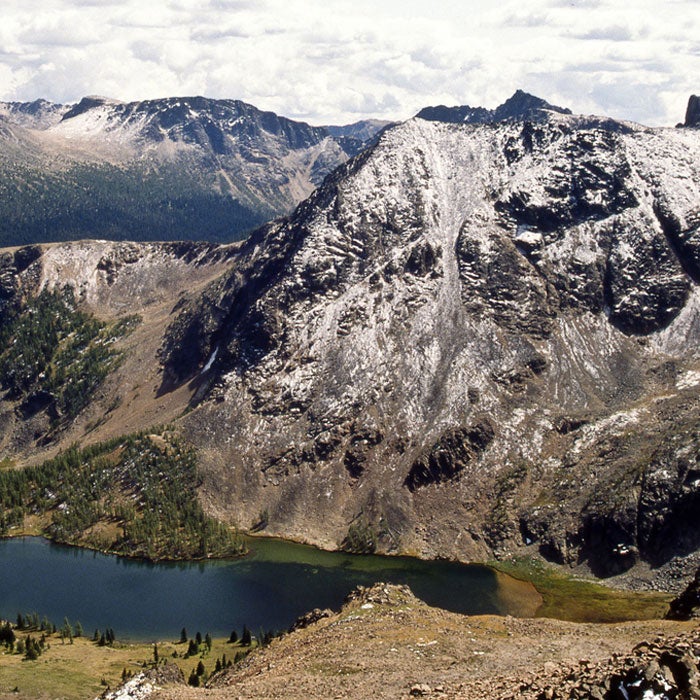
The is British Columbia’s answer to the Hardrock 100, which is to say it’s prettier, has received half the hype, and causes just as much pain. The 120 mile point-to-point course begins in Cathedral Provincial Park, about 2.5 hours north of Vancouver, then climbs 28,453 feet through Skagit Valley and Manning Provincial Parks—the equivalent of running from sea level to the summit of Mount Everest. Despite the pain, the August scenery here is sublime: trails cutting through meadows full of lupines, creeks trickling through the woods, and alpine lakes glittering in the sun.
6693 Ultra
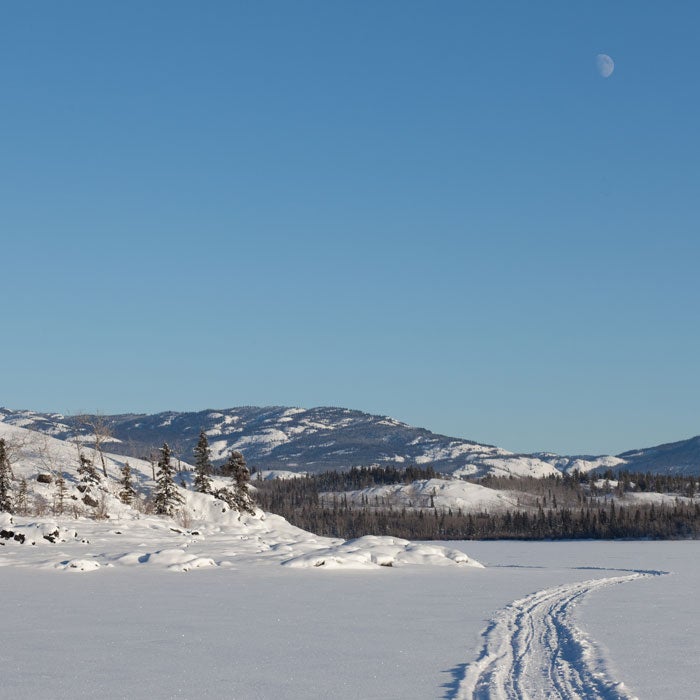
Only 11 people have finished this in Canada’s Yukon territory, though many more have tried. Just 23 miles from the starting gate at the Eagle Plains hotel on the Klondike Highway, racers cross the Arctic Circle at a latitude 66 degrees, 33 minutes. From there, they follow the snowed-over Dempster highway either 120 miles or 350 miles to the Arctic Ocean, dragging their gear behind them on sleds. The constant sub-zero temperatures and hurricane-strength Katabatic winds have literally reduced people to crawling. Even tougher than that though, is the mental game: More people drop out on the seemingly endless frozen plains than on the river canyons or mountain crossings.
H.U.R.T. 100
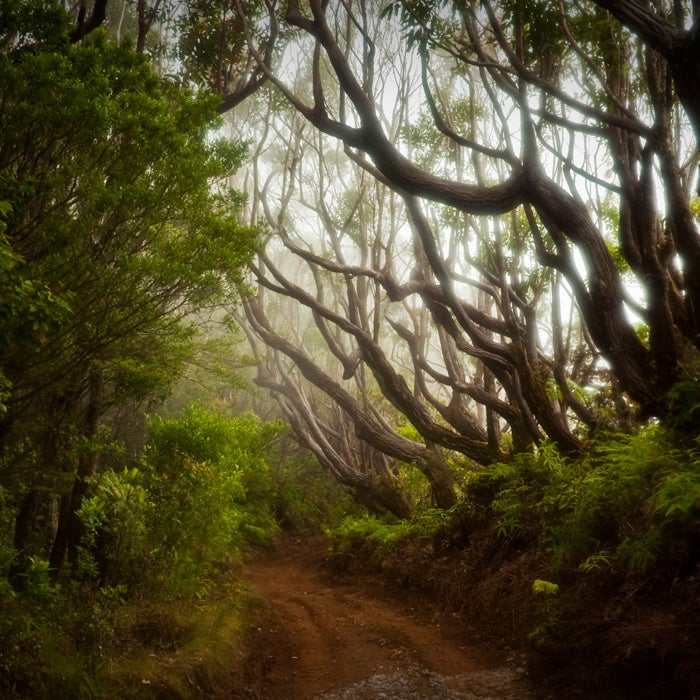
Just the basic concept of the is perverse: Travel all the way to tropical Hawaii just to punish yourself. The race, which takes place in January in the mountains outside of Honolulu, runs 100 miles with 24,500 feet of elevation gain on gnarly, root-encrusted singletrack. According to organizers, there are only a handful of sections where you can run consistently for more than a few hundred yards. On top of that, there are mosquitoes, 20 rocky stream crossings, and vast stretches of impenetrable jungle that makes running at night like traveling through a wild-boar-haunted, pitch-black cave with a floor of slick rocks and roots. Now that deserves a Mai-Tai.


